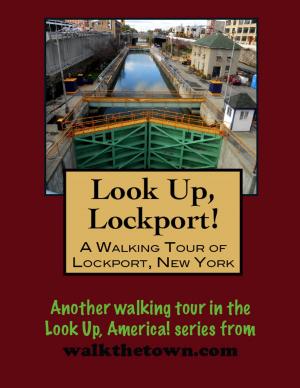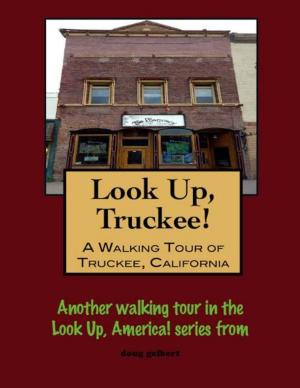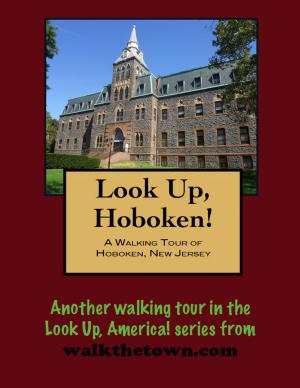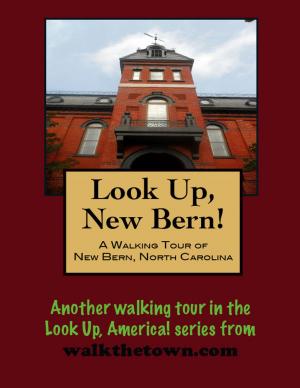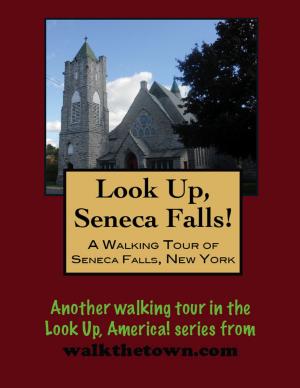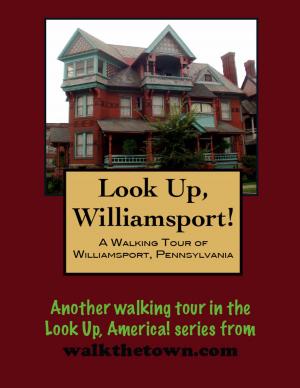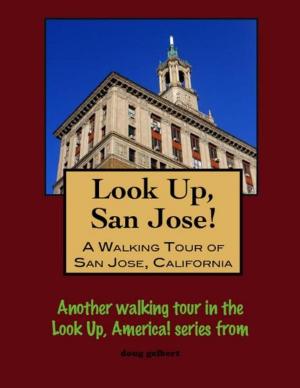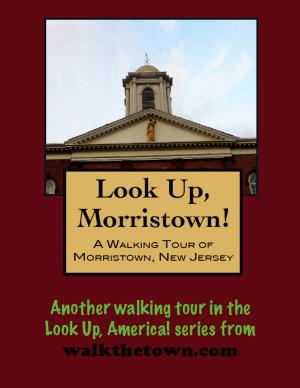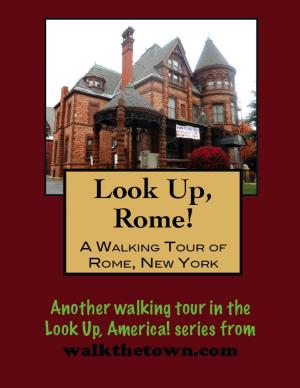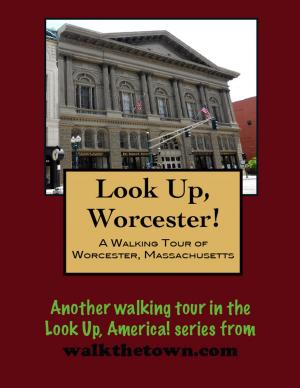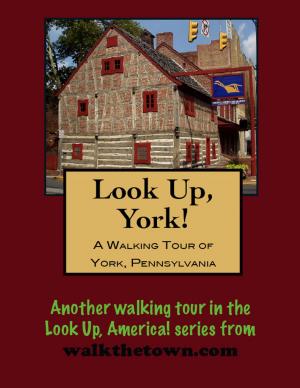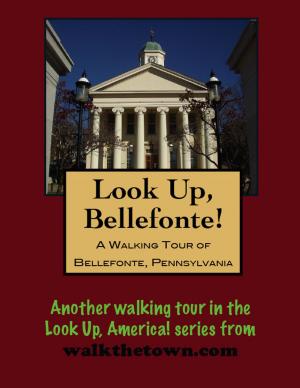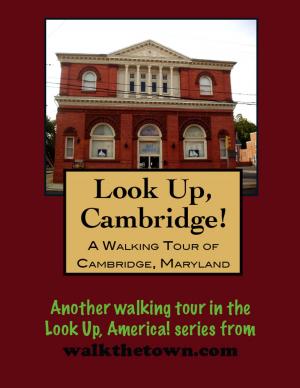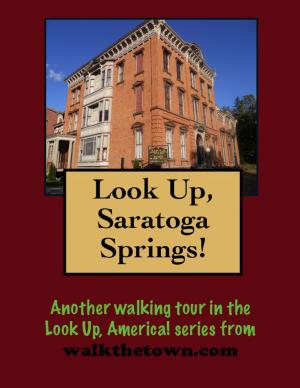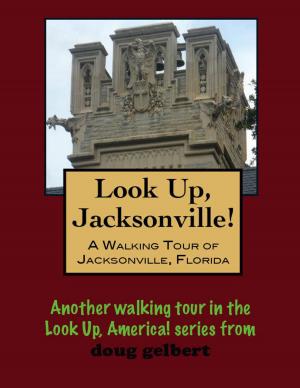| Author: | Doug Gelbert | ISBN: | 9781458130556 |
| Publisher: | Doug Gelbert | Publication: | March 3, 2011 |
| Imprint: | Smashwords Edition | Language: | English |
| Author: | Doug Gelbert |
| ISBN: | 9781458130556 |
| Publisher: | Doug Gelbert |
| Publication: | March 3, 2011 |
| Imprint: | Smashwords Edition |
| Language: | English |
There is no better way to see America than on foot. And there is no better way to appreciate what you are looking at than with a walking tour. This walking tour of New Brunswick, New Jersey is ready to explore when you are. Each walking tour describes historical, architectural landmarks, cultural sites and ecclesiastic touchstones and provides step-by-step directions.
Every tour also includes a quick primer on identifying architectural styles seen on American streets.
By the time the name “New Brunswick” (named in honor of English King George I, the Duke of Brunswick) appeared in court records in 1724, this settlement on the southern bank of the Raritan River had already gone through two names - Prigmore’s Swamp and Indian’s Ferry (that was John Inian’s ferry). This is the deepest penetration boats can easily make on the tidal Raritan River and New Brunswick soon developed as a trading town and agricultural port.
During the American Revolution the town was occupied for seven months by British general Sir William Howe, although “hosted” might be a better word for it. George Washington openly complained about the lack of local support he received “from the Jerseys” for his campaigns around New Brunswick. Help did come, however from the town rivermen whose boats feasted on British vessels around New York harbor.
The coming of the railroad harpooned the Raritan River as a vital shipping lane and from 1850 out the city switched over to manufacturing. A steady stream of modern conveniences poured out of New Brunswick brick factories - carriages and new rubber products and the first harmonicas in America. Most notably, in 1886 the Johnson brothers began making medicinal plasters to aid in the recovery from surgery in New Brunswick. They would shortly be joined in the pharmaceutical battles by the arrival of E.R. Squibb and Sons.
The factories attracted European immigrants, especially Hungarians and Germans, and they worked hard and played hard. The city’s saloons once enjoyed such steady business that temperance reformers declared, “It would be an injustice to the devil to condemn him to live in New Brunswick.”
The city has been an enthusiastic embracer of urban renewal and many vestiges of those days are gone. But buildings still reman from the 1800s and even the 1700s. Although they aren’t concentrated on the streetscape we will encounter them on our walking tour without using up too much shoe leather and we’ll begin where thousands coming to New Brunswick do every day, at the train station...
There is no better way to see America than on foot. And there is no better way to appreciate what you are looking at than with a walking tour. This walking tour of New Brunswick, New Jersey is ready to explore when you are. Each walking tour describes historical, architectural landmarks, cultural sites and ecclesiastic touchstones and provides step-by-step directions.
Every tour also includes a quick primer on identifying architectural styles seen on American streets.
By the time the name “New Brunswick” (named in honor of English King George I, the Duke of Brunswick) appeared in court records in 1724, this settlement on the southern bank of the Raritan River had already gone through two names - Prigmore’s Swamp and Indian’s Ferry (that was John Inian’s ferry). This is the deepest penetration boats can easily make on the tidal Raritan River and New Brunswick soon developed as a trading town and agricultural port.
During the American Revolution the town was occupied for seven months by British general Sir William Howe, although “hosted” might be a better word for it. George Washington openly complained about the lack of local support he received “from the Jerseys” for his campaigns around New Brunswick. Help did come, however from the town rivermen whose boats feasted on British vessels around New York harbor.
The coming of the railroad harpooned the Raritan River as a vital shipping lane and from 1850 out the city switched over to manufacturing. A steady stream of modern conveniences poured out of New Brunswick brick factories - carriages and new rubber products and the first harmonicas in America. Most notably, in 1886 the Johnson brothers began making medicinal plasters to aid in the recovery from surgery in New Brunswick. They would shortly be joined in the pharmaceutical battles by the arrival of E.R. Squibb and Sons.
The factories attracted European immigrants, especially Hungarians and Germans, and they worked hard and played hard. The city’s saloons once enjoyed such steady business that temperance reformers declared, “It would be an injustice to the devil to condemn him to live in New Brunswick.”
The city has been an enthusiastic embracer of urban renewal and many vestiges of those days are gone. But buildings still reman from the 1800s and even the 1700s. Although they aren’t concentrated on the streetscape we will encounter them on our walking tour without using up too much shoe leather and we’ll begin where thousands coming to New Brunswick do every day, at the train station...

